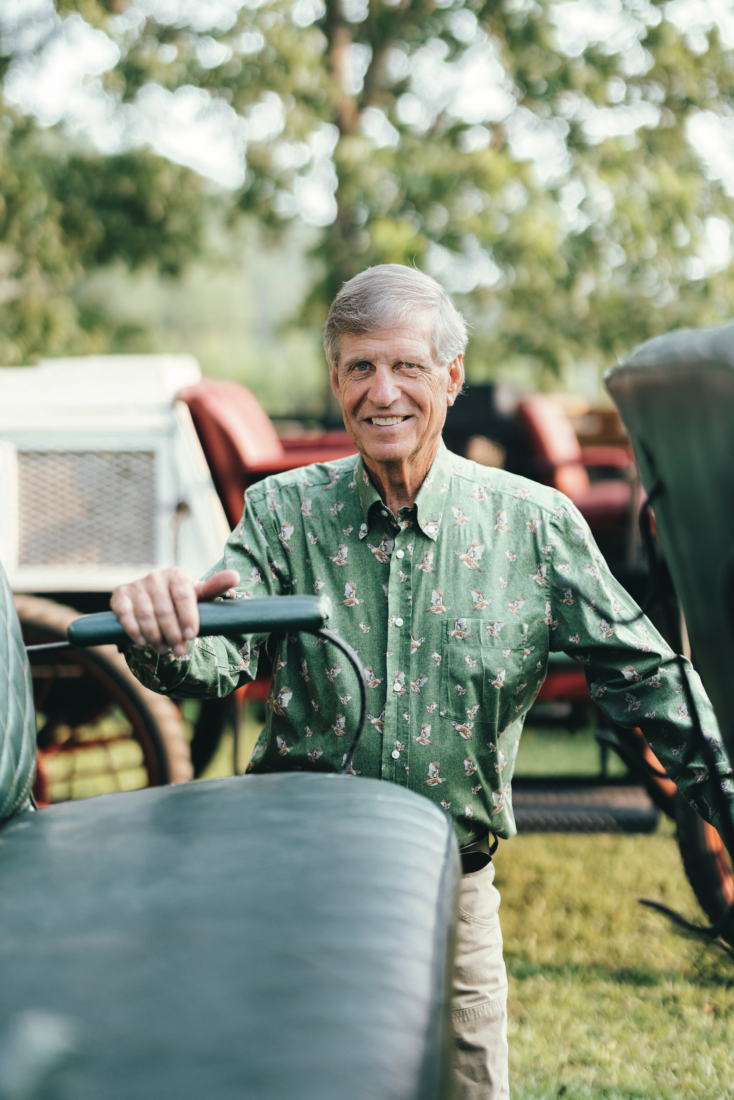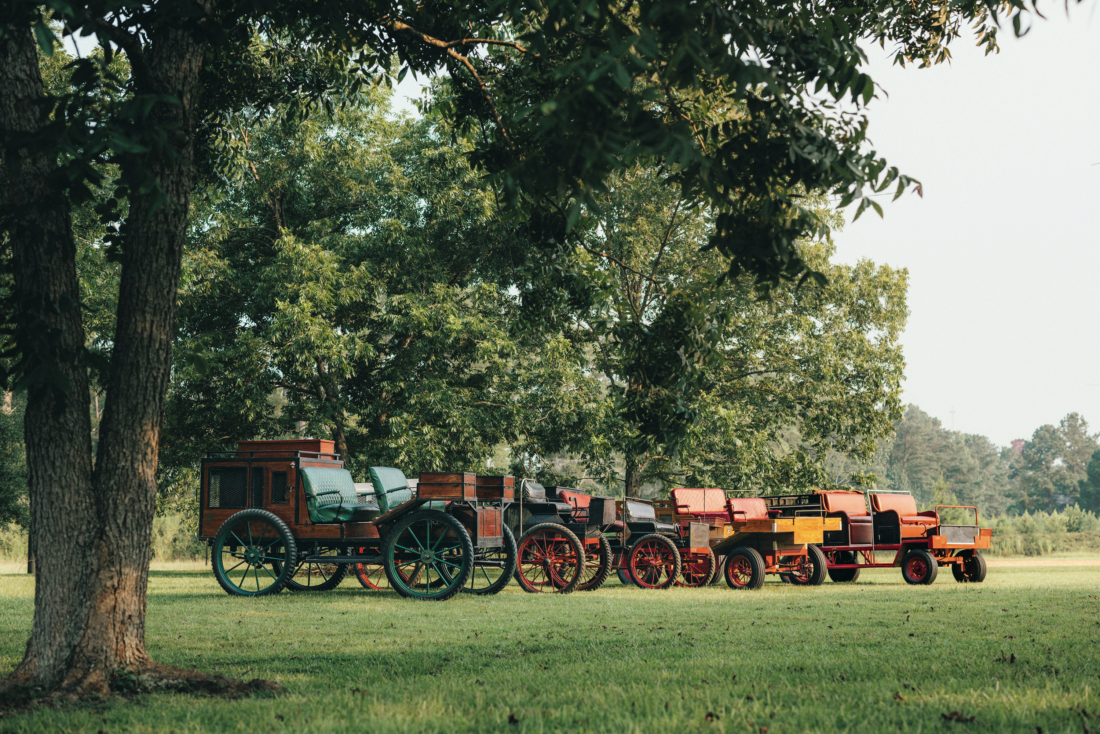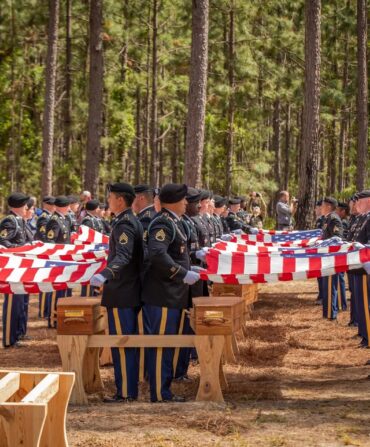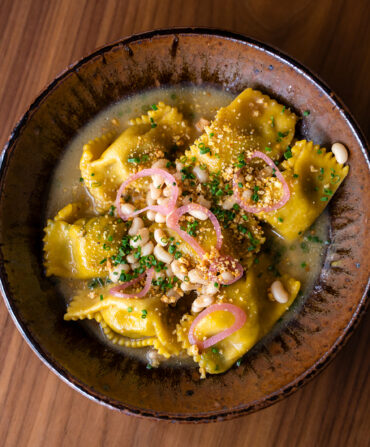While bird dogs, bespoke shotguns, tall pines, and the dynamic wild birds themselves are all integral to the mise-en-scène of the old-school quail hunts on the plantations in the Red Hills of Georgia, the mule-drawn wagon perhaps most powerfully conjures the unhurried elegance of the sport in its Gilded Age peak. The wagons, also known as hacks, were once made by hand on those plantations, which were owned by America’s post–Civil War industrialist class—the Whitneys, Phippses, Mellons—who procured the spreads around Thomasville on the cheap after the war. They initially bought the land for timber, and that wood helped build a country just entering its prime. But they held on to it (as their descendants still do in some cases) because of the wild quail hunting, which is arguably the best in the world and which inarguably—at the time at least—required wagons to carry the dogs and supplies needed for a day afield.

The first hacks—buckboards conveyed by wooden wheels with wooden spokes—arrived in the late nineteenth century. Horses weren’t strong enough to pull them, and so muscular and obstinately slow plow mules got the job instead. The wagons evolved over the decades, retrofitted in lockstep with the technological advances of the industries run back home by the plantation owners, who shipped the needed parts to Thomasville on the railroads some of them owned. Carriage bottoms, which provided the wagons with suspension, were, some say, cribbed from New York’s Central Park horse buggies. Steel spokes replaced the wooden ones, and then along came rubber pneumatic tires. Eventually, though, innovations drove the wagons to near obsolescence, replaced by Jeeps and all-terrain vehicles. These days, only a handful of traditional plantations use them at all.
Kevin Kelly, however, is deeply invested in preserving the history of these hacks. He is, to his knowledge, the world’s foremost collector of vintage mule-drawn quail wagons. This may be because he is also, again to his knowledge, the only person in the world who collects them.
Kelly and his wife, Kathleen, own Kevin’s Fine Outdoor Gear & Apparel, with retail stores in Tallahassee, Florida, as well as Thomasville, and a worldwide catalogue and e-commerce business—meccas for the high-end quail-hunting set. And while Kelly, who is seventy-two, grew up in a modest Tallahassee home, as a young man he came to know the families from the area plantations.

For now, his wagons all remain in their original condition. “I haven’t touched any of them,” he says. “There’s still hay in the dog boxes. I love that they show the years of use, like the patina on a gun. They tell you what they went through.”
“I hunted with them,” he says. “For some reason, they all took a liking to me.” In the barns, beforehand, he became enamored while watching the wagons get prepared for an outing. “I loved the early morning hitching of the mules with the leather and brass-knobbed harnesses, the loading of the dogs, the preparing for the hunt,” he says. “And I love thinking about the Whitneys and the Mellons riding on those wagons and solving the world’s problems. It’s a shame these wagons can’t talk.”
Kelly has long been a collector at heart. Over the years, he’s amassed assortments of antiques, taxidermy, old outboard motors, and sporting paintings. One day, while holding a photo shoot for his catalogue at a plantation owned by the descendants of the Hanna family, shipping and iron ore magnates from Cleveland, they rolled out two old wagons as props. “I asked them what they were going to do with them,” Kelly says. He realized that with the rise of motorized transportation, the old mule-driven wagons had gotten “away from everyone, that history.” A few years later, he paid $5,000 for one of his own.

Kelly has since accumulated ten, spending up to $15,000 for a single wagon. He mainly finds them in old barns or through word of mouth. “Now everyone around here knows that Kevin collects them, so they call me,” he says. He has a wagon from the 1890s and ones from every decade through 1990. He owns one that Dwight Eisenhower rode on. He has another the Whitneys once used. The most modern version he owns dates to the 1990s (“They all pretty much look the same after the 1970s,” he says).
He favors, though, his two from the 1920s and 1930s, during the Depression, which he considers the apex period for the wagons, when modern upgrades like steel spokes and pneumatic tires blended perfectly with their old charm. “These wagons are so cool,” he says. “You just can’t reproduce them.”
And he’s still on the hunt. “Just the other day I saw one parked outside of a gas station,” he says. “The guy working there said one of the plantations was getting it fixed up. I told him to tell them to call Kevin.”








